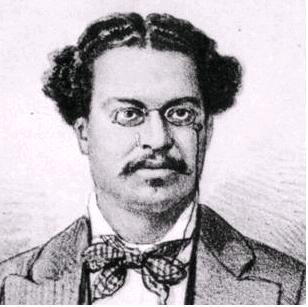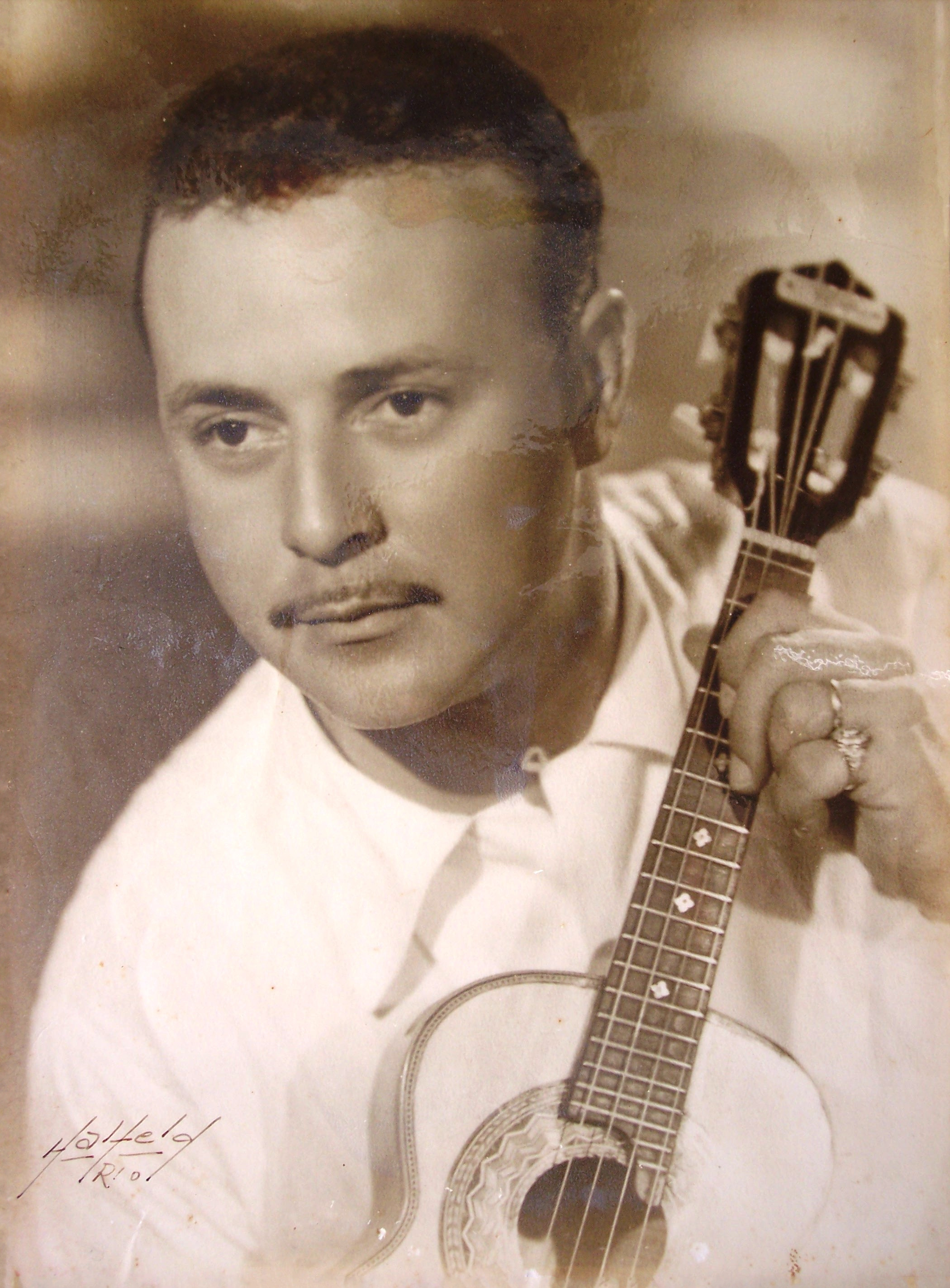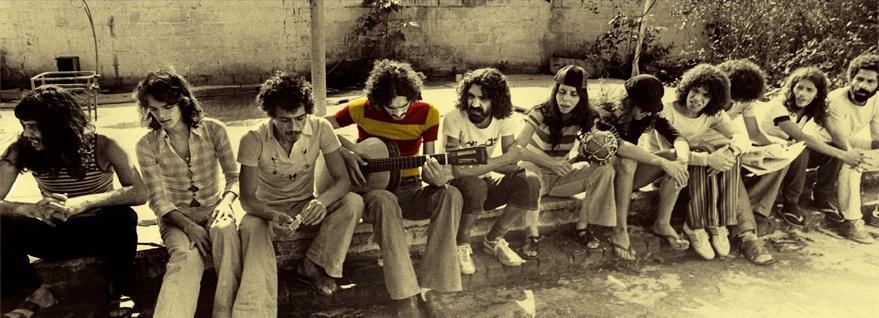|
Brasileirinho
"Brasileirinho" (''Little Brazilian'') is a 1947 choro composed by Waldir Azevedo. It is considered one of the most successful and influential choros of all time; this standard has been covered by many artists, like singer Carmen Miranda, band Novos Baianos with guitarist Pepeu Gomes, and cellist Yo-Yo Ma (''Obrigado Brazil''). It was voted by the Brazilian edition of ''Rolling Stone ''Rolling Stone'' is an American monthly magazine that focuses on music, politics, and popular culture. It was founded in San Francisco, California, in 1967 by Jann Wenner and the music critic Ralph J. Gleason. The magazine was first known fo ...'' as the 53rd greatest Brazilian song. The 2005 documentary '' Brasileirinho'', about the choro genre, is named after the 1947 song. References 1947 songs Songs with music by Valdir Azevedo Choro songs Brazilian patriotic songs {{Brazil-music-stub ... [...More Info...] [...Related Items...] OR: [Wikipedia] [Google] [Baidu] |
Brasileirinho (film)
''Brasileirinho'' is a 2005 musical documentary film by Finnish film director Mika Kaurismäki about traditional Brazilian choro ''Choro'' (, "cry" or "lament"), also popularly called ''chorinho'' ("little cry" or "little lament"), is an instrumental Brazilian popular music genre which originated in 19th century Rio de Janeiro. Despite its name, the music often has a fa ... music genre. The film showed at the 2005 Berlin International Film Festival. It is titled after the 1947 song, '' Brasileirinho''. The musical director is Marcello Gonçalves, an accomplished 7 string guitarist from Rio. He is well known internationally in the Choro community. Notes References External links Official website* Choro Documentary films about music and musicians Films directed by Mika Kaurismäki 2005 films 2005 documentary films Finnish musical films Finnish documentary films Music of Brazil Swiss musical films Swiss documentary films 2000s Finnish films { ... [...More Info...] [...Related Items...] OR: [Wikipedia] [Google] [Baidu] |
Choro
''Choro'' (, "cry" or "lament"), also popularly called ''chorinho'' ("little cry" or "little lament"), is an instrumental Brazilian popular music genre which originated in 19th century Rio de Janeiro. Despite its name, the music often has a fast and happy rhythm. It is characterized by virtuosity, improvisation and subtle modulations, and is full of syncopation and counterpoint. Choro is considered the first characteristically Brazilian genre of urban popular music. The serenaders who play choros are known as ''chorões''. Choro instruments Originally ''choro'' was played by a trio of flute, guitar and cavaquinho (a small chordophone with four strings). Other instruments commonly played in choro are the mandolin, clarinet, saxophone, trumpet and trombone. These melody instruments are backed by a rhythm section composed of 6-string guitar, seven-string guitar (playing bass lines) and light percussion, such as a pandeiro. The cavaquinho appears sometimes as a melody instrume ... [...More Info...] [...Related Items...] OR: [Wikipedia] [Google] [Baidu] |
Choro Songs
''Choro'' (, "cry" or "lament"), also popularly called ''chorinho'' ("little cry" or "little lament"), is an instrumental Brazilian popular music genre which originated in 19th century Rio de Janeiro. Despite its name, the music often has a fast and happy rhythm. It is characterized by virtuosity, improvisation and subtle modulations, and is full of syncopation and counterpoint. Choro is considered the first characteristically Brazilian genre of urban popular music. The serenaders who play choros are known as ''chorões''. Choro instruments Originally ''choro'' was played by a trio of flute, guitar and cavaquinho (a small chordophone with four strings). Other instruments commonly played in choro are the mandolin, clarinet, saxophone, trumpet and trombone. These melody instruments are backed by a rhythm section composed of 6-string guitar, seven-string guitar (playing bass lines) and light percussion, such as a pandeiro. The cavaquinho appears sometimes as a melody instrument ... [...More Info...] [...Related Items...] OR: [Wikipedia] [Google] [Baidu] |
Waldir Azevedo
Valdir Azevedo or Waldir Azevedo (January 23, 1923 in Rio de Janeiro – September 21, 1980 in São Paulo) was a choro composer, conductor and performer, considered to be the most successful musician of this genre. Azevedo was born in Rio de Janeiro, Brazil. He played flute starting from the age of seven, and later switched to mandolin and to the cavaquinho. He first performed in public in 1933 at the Carnival, playing flute. He wrote 130 compositions during his lifetime, including the world-famous " Brasileirinho" and " Delicado". He is considered by many to be the first Brazilian cavaquinho shredder ever. One of his compositions, " Delicado," is a Latin American dance that has been arranged for piano. He died in São Paulo, aged 57. References External links *allmusic profile AllMusic (previously known as All-Music Guide and AMG) is an American online music database. It catalogs more than three million album entries and 30 million tracks, as well as information o ... [...More Info...] [...Related Items...] OR: [Wikipedia] [Google] [Baidu] |
Pepeu Gomes
Pedro Anibal de Oliveira Gomes, better known as Pepeu Gomes (born February 7, 1952, in Salvador, Bahia state) is an accomplished Brazilian guitar player, multi-instrumentalist and composer. He was one of the members of Novos Baianos. Pepeu has already been considered by the magazine Guitar World in 1988 as one of the ten best guitarists in the world in the category world music. Biography Pepeu Gomes was born February 7, 1952, and had contact with music from an early age because his father played in a dance orchestra and his mother taught piano lessons. Growing up he was influenced by the music of Waldir Azevedo, Jacob do Bandolim, Pixinguinha, and Canhoto da Paraíba. At nine years of age he invented his first instrument, a broom with a cable (that was usually used for street fighting) with the string tied at the ends. Later, he obtained a classical guitar and he learned to play by ear. At 11 years old, Gomes, interested in the style of Jovem Guarda, formed his first band, "Lo ... [...More Info...] [...Related Items...] OR: [Wikipedia] [Google] [Baidu] |
Obrigado Brazil
''Obrigado Brazil'' is a music album by Yo-Yo Ma. In this context "''obrigado''" means "thank you" in Portuguese. " '''' Track listing # "Cristal" (Cesar Camargo Mariano) – 2:49 # "" (Antonio Carlos Jobim) – 4:16 # "A Lenda Do Caboclo" (Heitor Villa-Lobos) – 3:10 # "Doce De Coco" (Jaco Do Bandolim) – 5:12 # "Dança Brasileira" (Camargo Mazart Guarnieri) – 2:18 # "Apelo" (Baden Powell) – 4:57 # "Dança Negra" (Guarnieri) – 3:31 # "I X O (Um a Zero)" (Pixinguinha) – 2:40 # "Menino" (Se ...[...More Info...] [...Related Items...] OR: [Wikipedia] [Google] [Baidu] |
Standard (music)
In music, a standard is a musical composition of established popularity, considered part of the "standard repertoire" of one or several genres. Even though the standard repertoire of a given genre consists of a dynamic and partly subjective set of songs, these can be identified by having been performed or recorded by a variety of musical acts, often with different arrangements. In addition, standards are extensively quoted by other works and commonly serve as the basis for musical improvisation. Standards may " cross over" from one genre's repertoire to another's; for example, many jazz standards have entered the pop repertoire, and many blues standards have entered the rock repertoire. Standards exist in the classical, popular and folk music traditions of all cultures. In the context of Western classical music, the standard repertoire constitutes most of what is considered the "teaching canon", i.e. the compositions that students learn in their academic training. The standa ... [...More Info...] [...Related Items...] OR: [Wikipedia] [Google] [Baidu] |
Carmen Miranda
Maria do Carmo Miranda da Cunha (9 February 1909 – 5 August 1955), known professionally as Carmen Miranda (), was a Portuguese-born Brazilian singer, dancer, and actress. Nicknamed "The Brazilian Bombshell", she was known for her signature fruit hat outfit that she wore in her American films. As a young woman, Miranda designed clothes and hats in a boutique before making her debut as a singer, recording with composer Josué de Barros in 1929. Miranda's 1930 recording of "Taí (Pra Você Gostar de Mim)", written by Joubert de Carvalho, catapulted her to stardom in Brazil as the foremost interpreter of samba. During the 1930s, Miranda performed on Brazilian radio and appeared in five Brazilian ''Cinema of Brazil#1930s and 1940s, chanchadas'', films celebrating Brazilian music, dance and the country's carnival culture. ''Hello, Hello Brazil!'' and ''Hello, Hello, Carnival!'' embodied the spirit of these early Miranda films. The 1939 musical ''Banana da Terra'' (directed by Ruy ... [...More Info...] [...Related Items...] OR: [Wikipedia] [Google] [Baidu] |
Novos Baianos
Novos Baianos (; English: ''New Bahians'') were a Brazilian rock and MPB group founded in Salvador, Bahia in 1969. The group was active between 1969 and 1979, enjoying success throughout the 1970s. The group had reunions in 1997, 2015 and 2020. Together, the group recorded eight full-length studio albums, as well as two live albums. The group was highly influential on Brazilian popular music and Brazilian rock of the 1970s, combining various musical elements from genres such as samba, bossa nova, frevo, baião, choro, and rock n' roll. The group's music was also heavily influenced by 1970s counterculture and the emerging Tropicália artistic movement. The group's original line-up consisted of Moraes Moreira (vocals and acoustic guitar), Paulinho Boca de Cantor (vocals), Pepeu Gomes (electric guitar), Baby Consuelo (vocals and percussion), and Luiz Galvão (lyrics). The group regularly collaborated with A Cor do Som, a sub-group within Novos Baianos, which consisted of Da ... [...More Info...] [...Related Items...] OR: [Wikipedia] [Google] [Baidu] |
Yo-Yo Ma
Yo-Yo Ma (born October 7, 1955) is a French-born American Cello, cellist. Born to Chinese people, Chinese parents in Paris, he was regarded as a child prodigy there and began to study the cello with his father at age four. At the age of seven, Ma moved with his family to Boston and later to New York City, where he continued his cello studies at the Juilliard School before pursuing a liberal arts education at Harvard University. He has performed as a soloist with orchestras around the world, recorded more than 92 albums, and received 19 Grammy Awards. In addition to recordings of the standard Classical music, classical repertoire, Ma has recorded a wide variety of folk music, such as American bluegrass music, traditional Chinese melodies, the tangos of Argentine composer Astor Piazzolla, and Brazilian music. He has also collaborated with artists from a diverse range of genres, including Bobby McFerrin, Carlos Santana, Chris Botti, Diana Krall, James Taylor, Miley Cyrus, Zakir Hus ... [...More Info...] [...Related Items...] OR: [Wikipedia] [Google] [Baidu] |
Rolling Stone
''Rolling Stone'' is an American monthly magazine that focuses on music, politics, and popular culture. It was founded in San Francisco, California, in 1967 by Jann Wenner and the music critic Ralph J. Gleason. The magazine was first known for its coverage of rock music and political reporting by Hunter S. Thompson. In the 1990s, the magazine broadened and shifted its focus to a younger readership interested in youth-oriented television shows, film actors, and popular music. It has since returned to its traditional mix of content, including music, entertainment, and politics. The first magazine was released in 1967 and featured John Lennon on the cover, and was then published every two weeks. It is known for provocative photography and its cover photos, featuring musicians, politicians, athletes, and actors. In addition to its print version in the United States, it publishes content through Rollingstone.com and numerous international editions. The magazine experienced a rapid ... [...More Info...] [...Related Items...] OR: [Wikipedia] [Google] [Baidu] |






